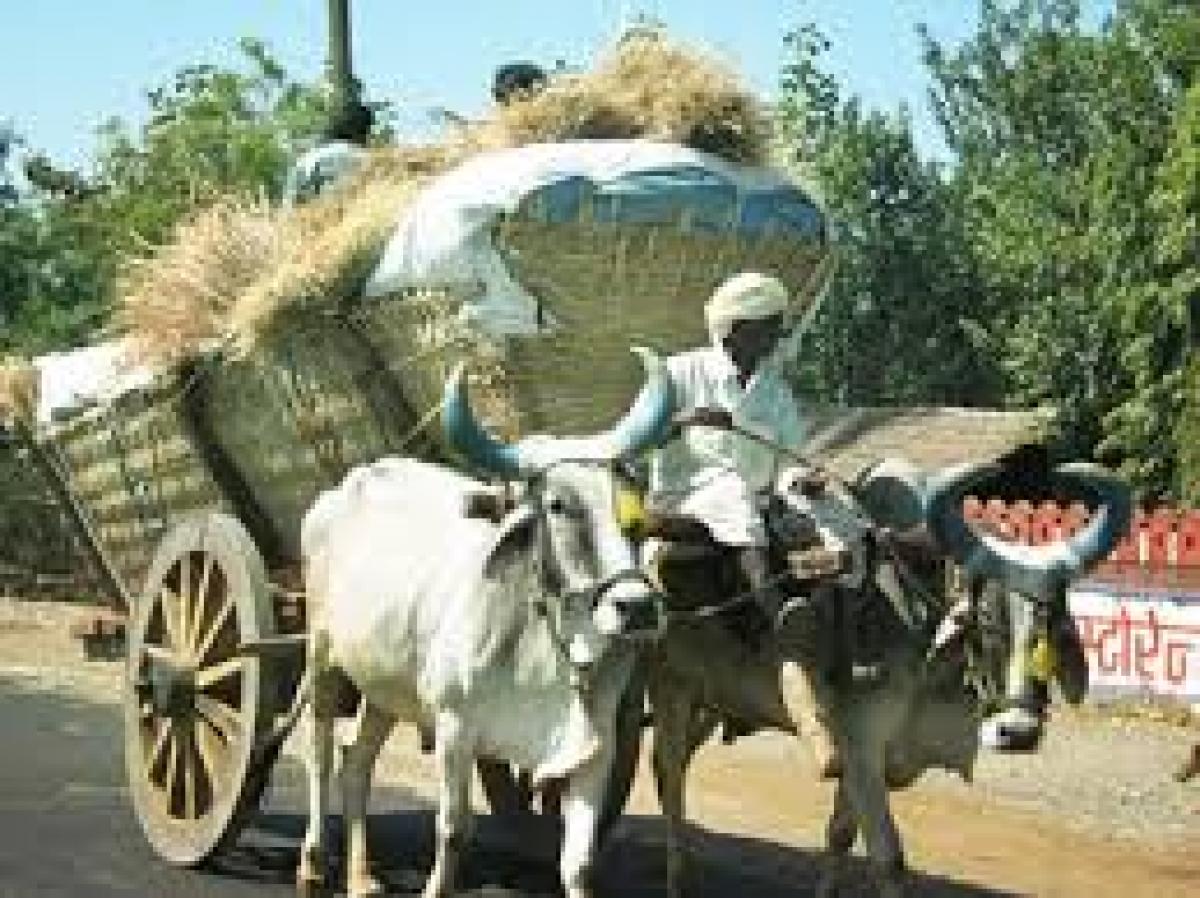Live
- Gold rates in Visakhapatnam surges, check the rates on 20 April 2024
- Gold rates in Vijayawada surges, check the rates on 20 April 2024
- Gold rates in Hyderabad surges, check the rates on 19 April 2024
- YS Sharmila to file nomination for Kadapa Lok Sabha constituency today
- Rains lash parts of Hyderabad bringing respite from heat
- Peddireddi continues tirade against former CM Kiran
- DCA raids three quacks
- ‘Kuppam Gadda-TDP Adda’, asserts Bhuvaneswari
- Never made people regret voting for me: Kishan Reddy
- ‘Garuda Prasadam’ at Chilkur Balaji throws traffic haywire on Moinabad Road
Just In

India lives in villages’ is an old adage. The rapid pace of urbanisation is fast making this irrelevant. But, the socio-economic and caste census reveals a painful picture. India’s deprived still mostly lives in villages. The agony of rural India comes alive with the data revealing that 75 per cent of rural Indian households do not have a family member whose monthly income is more than Rs 5,000.
India lives in villages’ is an old adage. The rapid pace of urbanisation is fast making this irrelevant. But, the socio-economic and caste census reveals a painful picture. India’s deprived still mostly lives in villages. The agony of rural India comes alive with the data revealing that 75 per cent of rural Indian households do not have a family member whose monthly income is more than Rs 5,000. The ugly spectacle of income inequalities would be known when this data is compared with the total wealth amassed by the so-called High Net Worth Indians (HNWI).
According to the latest Knight Frank Wealth Report, top six cities contribute 58 per cent of the number of ultra high net worth individuals (UHNWIs), which is likely to accelerate to 68 per cent in the next 10 years. Despite rapid expansion of the services sector, which now accounts for more than half of India’s GDP, the number of rural households with a salaried job is only 9.68 per cent, indicating a negligible penetration of this modern sector in the rural economy.
Of the total 24.39 crore households in India, 17.91 crore are in rural India only. Thus India’s development bubble is meaningless if the rural India fails to catch up. A whopping Rs 7 lakh crore was spent on various flagship programmes during the 11th plan period. The disturbing levels of rural deprivation emphasise the urgent need for translating outlay into outcomes.
The census highlights many facets of multiple deprivation suffered by rural India. One- fourth of villagers do not own a telephone. This is even after unprecedented penetration of mobile telephone services and the country having a telecom subscriber base of around a billion.
This only speaks of the need for bridging the digital divide that has a potential to accentuate other forms of divide. The percentage of graduates and higher education is only 3.45 per cent across rural India. This shows that the rural India is not in a position to reap the dividend of emerging knowledge economy. As Amartya Sen said, educational inequalities would lead to income inequalities. The inequalities are the root cause of poverty.
Agrarian distress, weak social and economic infrastructure, low levels of human development, non-diversification of rural economy etc. are the reason for the pathetic plight of rural India even 68 years after independence. These structural constraints have to be immediately addressed.
Better targeting of welfare and development schemes and plugging loopholes in their implementation need urgent action. The slogan of provision of urban facilities in rural areas still remains a fascinating dream. The low levels of productivity associated with rural occupations should be looked into.
The relatively high concentration of socially marginalised section in rural areas also indicates that the vast sections of rural India suffer from dual deprivation of both social and economic. The disaggregate view of this macro data would further unravel the agonizing picture. Hope the findings of this survey across the nation would define and determine the future policy formulation.

© 2024 Hyderabad Media House Limited/The Hans India. All rights reserved. Powered by hocalwire.com







